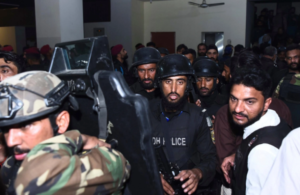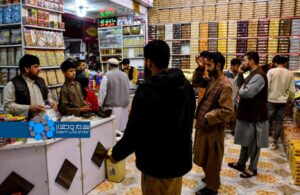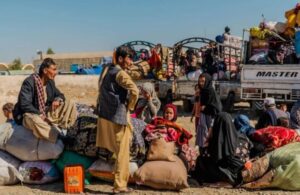KABUL (SW) – A conversation with 47 male teenagers from rural and urban areas across 11 provinces reveals that those in rural areas face more educational challenges compared to their urban counterparts.
This report aims to shed light on the differences in access to educational services between rural and urban areas, based on interviews with 20 teenagers from cities and 27 teenagers from rural areas.
Teens in rural areas report facing greater obstacles, particularly due to the absence of schools beyond the 9th grade, lack of study centers, and limited educational facilities. Of the 27 rural teenagers, 13 stated that they do not have access to educational centers, and nine report having to walk for hours to reach a school. Only five of them mentioned having access to proper educational facilities.
Ahmad, 18, from the “Argo” district in Badakhshan, said that he has missed out on education due to the absence of schools beyond the 9th grade in his district. “To continue studying from the 9th to the 12th grade, we have to go to the center in Fayzabad, which is a four-hour trip each way,” he added.
Similarly, 16-year-old Ahmad from the Kharestan village in Badghis, explained that the distance to school and the lack of transportation facilities have prevented him from continuing his education regularly. “Our home is almost two and a half hours away from school, and we have a shortage of transport; due to poverty and financial constraints, I am unable to focus on my studies and school as I lack the necessary resources.”
In contrary, students in cities express satisfaction with their educational conditions, saying that schools are nearby and they have full access to other necessary educational resources, such as libraries and the internet.
Mohammad Nasir, 17, an 11th-grade student in Mazar-i-Sharif, the capital of Balkh province, said he has full access to the educational resources he needs, which he believes smoothens his path to progress. He said: “After school, I attend study courses; I am very interested in English, and I also take computer courses because English and computer skills are very important for finding a job in the future and for university studies.”
Elyas Danesh, a 12th-grade student in Kabul, considered the facilities available in the city to be effective for personal and social growth, and believed they will help him achieve his future goals. He adds: “There are many libraries and courses in Kabul that offer good facilities; the teachers are very skilled, especially in the preparatory courses for the entrance exam and English, their quality is much better than in the provinces.”
Some teenagers, both in cities and rural areas, however mention the lack of qualified teachers as a shared challenge, stating that sometimes a single teacher is responsible for teaching multiple subjects.
Ahmad Feraidun, 17, from the city of Mahmud Raqi, the capital of Kapisa, and Najibullah, from the Qaisar district in Faryab, said that despite the distance to school, they have attended, but they do not have qualified teachers for all their subjects.
Ahmad Feraidun said: “One teacher teaches four of our subjects. The teachers are unqualified and their field of study is unrelated to the subjects they teach.”
Najibullah also expressed: “The lack of qualified teachers has created difficulties for us.”
Rashed Sediqi, a social issues expert, says that the difference in access to educational services between cities and rural areas reduces students’ motivation. He said: “It can deprive students of educational opportunities and lead the country toward a society of illiteracy.”
Nahid Enayat, an education expert, believes that the unequal access to educational services between cities and rural areas hinders rural youths from entering universities and increases unemployment rates among them. “This situation creates more job opportunities and economic positions in cities, leaving rural youths unable to benefit from them, which increases unemployment.”
According to statistics provided by the Ministry of Education of the de-facto government, there are currently 18,300 government schools operating across Afghanistan, and in the past three years, 300 new schools, literacy centers, and local classes have been established in various cities and villages in Afghanistan.
Mansour Ahmad Hamza, spokesperson for the ministry, stated that the government is working to balance access to educational services for citizens. He adds: “In previous years, about 13,000 students were enrolled in literacy programs, and of those, around 5,000 students enrolled in schools last year.”
The disparity in access to educational services between cities and rural areas, as well as the difference in the quality of services in schools and educational centers, has long been a challenge for Afghanistan’s educational system. Education experts believe that to improve the effectiveness of the educational system, these disparities must be addressed.






